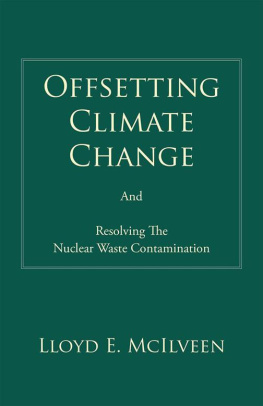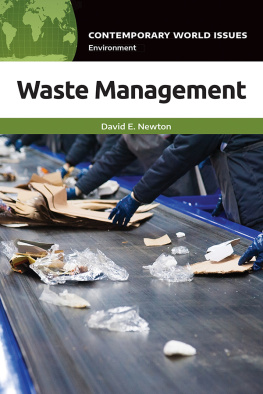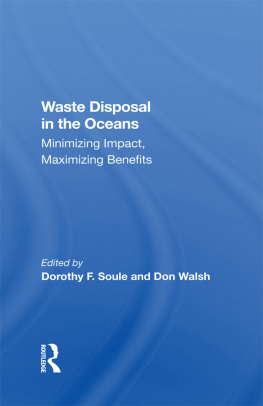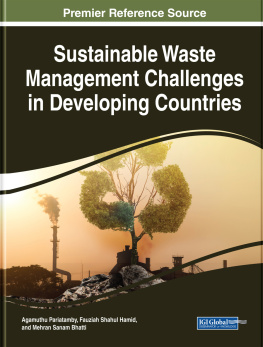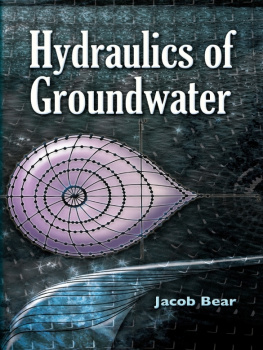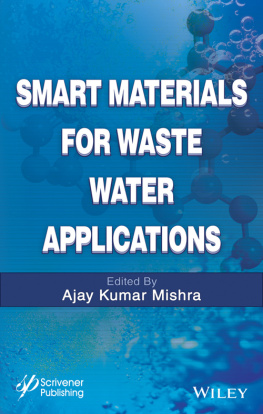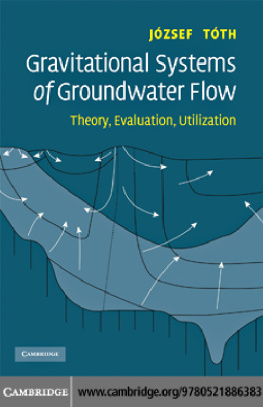Cover
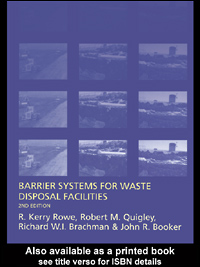
| title | : | Barrier Systems for Waste Disposal Facilities 2Nd Ed. |
| author | : | Rowe, R. K.. |
| publisher | : | Taylor & Francis Routledge |
| isbn10 | asin | : |
| print isbn13 | : | 9780203351536 |
| ebook isbn13 | : | 9780203302064 |
| language | : | English |
| subject | Sanitary landfills--Linings, Clay. |
| publication date | : | 2004 |
| lcc | : | TD795.7.R67 2004eb |
| ddc | : | 628.4/4564 |
| subject | : | Sanitary landfills--Linings, Clay. |
Page a-2
This page intentionally left blank.
Page i
Barrier Systems for Waste Disposal
Page ii
This page intentionally left blank.
Page iii
Barrier Systems for Waste Disposal
2nd edition
R.Kerry Rowe,
Queens University Kingston, Ontario, Canada
Robert M.Quigley,
Richard W.I.Brachman
Queens University Kingston, Ontario, Canada
and
John R.Booker

LONDON AND NEW YORK
Page iv
First edition published 1995 by E & FN Spon
This edition published 2004
by Spon Press
11 New Fetter Lane, London EC4P 4EE
Simultaneously published in the USA and Canada
by Spon Press
29 West 35th Street, New York, NY 10001
Spon Press is an imprint of the Taylor & Francis Group
This edition published in the Taylor & Francis e-Library, 2006.
To purchase your own copy of this or any of Taylor & Francis or Routledges collection of thousands of eBooks please go to www.eBookstore.tandf.co.uk.
2004 R.Kerry Rowe, Robert M.Quigley, Richard W.I.Brachman and John R.Booker
All rights reserved. No part of this book may be reprinted or
reproduced or utilised in any form or by any electronic,
mechanical, or other means, now known or hereafter
invented, including photocopying and recording, or in any
information storage or retrieval system, without permission in
writing from the publishers.
The publisher makes no representation, express or implied, with regard to the
accuracy of the information contained in this book and cannot accept any
legal responsibility or liability for any errors or omissions that may be made.
British Library Cataloguing in Publication Data
A catalogue record for this book is available from the British Library
Library of Congress Cataloging in Publication Data
A catalog record for this book has been requested
ISBN 0-203-30206-0 Master e-book ISBN
ISBN 0-203-35153-3 (OEB Format)
ISBN 0-419-22630-3 (Print Edition)
Page v
Contents
Preface | ix |
| Basic concepts | |
1.1 Introduction | |
1.2 Overview of barrier systems | |
1.3 Transport mechanisms and governing equations | |
1.4 Complicating factors | |
1.5 Modelling the finite mass of contaminant | |
1.6 Modelling a thin permeable layer as a boundary condition | |
1.7 Hand solutions to some simple problems | |
1.8 Design considerations | |
1.9 Impact assessment | |
1.10 Choice of barrier system and service life considerations | |
1.11 Summary | |
| Leachate characteristics and collection | |
2.1 Introduction | |
2.2 Liquid hydrocarbons | |
2.3 Landfill leachate | |
2.4 Collection, clogging and mounding | |
2.5 Estimating the service life of leachate collection blankets | |
2.6 Leachate mounding and liner temperature | |
2.7 Summary | |
| Clayey barriers: compaction, hydraulic conductivity and clay mineralogy | |
3.1 Introduction | |
3.2 Methods of assessing hydraulic conductivity | |
3.3 Compacted clay liners | |
3.4 Clay mineralogy | |
3.5 Clay colloid chemistry | |
| Clay/leachate compatibility by measurement of hydraulic conductivity | |
4.1 Introduction | |
4.2 Soil-MSW leachate compatibility | |
4.3 Compatibility of clays with liquid hydrocarbon permeants | |
4.4 Summary | |
Page vi
| Flow modelling | |
5.1 Introduction | |
5.2 One-dimensional flow models | |
5.3 Analysis of 2D and 3D flow | |
5.4 A finite difference approximation | |
5.5 Application of the finite element method to the analysis of plane flow | |
5.6 Boundary element methods | |
5.7 Calculating flow through holes in geomembranes | |
| Chemical transfer by diffusion | |
6.1 Introduction | |
6.2 Free solution diffusion (D0) | |
6.3 Diffusion through soil | |
6.4 Steady-state diffusion | |
6.5 Transient diffusion | |
6.6 Use of laboratory and field profiles to obtain diffusion coefficient De | |
6.7 Diffusion during hydraulic conductivity testing for clay/leachate compatibility | |
6.8 Diffusion through geomembranes | |
6.9 Summary | |
| Contaminant transport modelling | |
7.1 Introduction | |
7.2 Analytical solutions | |
7.3 Application of Laplace transforms to develop a finite layer solution for a single layer | |
7.4 Contaminant transport into a single layer considering a landfill of finite mass and an underlying aquifer | |
7.5 Finite layer analysis | |
7.6 Contaminant migration in a regularly fractured medium |
Next page

